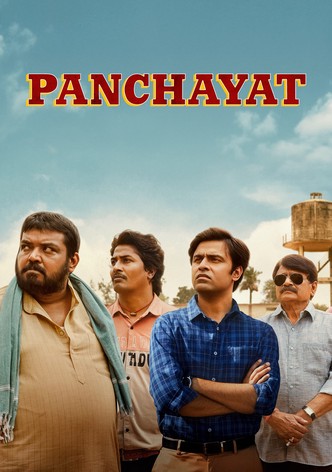Understanding the Panchayat System in India

Introduction to Panchayat System
The Panchayat system holds a critical role in India’s democratic framework, providing governance at the grassroots level. This decentralized form of administration empowers local communities, allowing them to participate actively in decision-making processes. With recent updates and reforms, the relevance of Panchayats is increasingly significant, especially in enhancing local development and addressing community-specific issues.
Current Events and Developments
In recent months, various states across India have been taking steps to strengthen the Panchayat system. For instance, Kerala has implemented innovative digital platforms for Panchayati Raj institutions to enhance transparency and efficiency in operations. These platforms allow citizens to access important information about local governance, ensuring that community members can engage more effectively with their representatives. Moreover, several states are focusing on effective training programs for Panchayat members to improve their capacity in governance and service delivery.
Role of Panchayats in Local Governance
Panchayats are pivotal in managing local resources and development initiatives. They are responsible for implementing various schemes related to health, education, sanitation, and rural infrastructure. The 73rd Amendment to the Indian Constitution, enacted in 1992, has provided a constitutional status to Panchayati Raj institutions, thereby ensuring greater autonomy and financial stability. As of 2023, nearly 1 million elected representatives are serving in more than 250,000 Panchayati Raj institutions across the nation.
Challenges Faced by the Panchayat System
Despite the progress, the Panchayat system faces several challenges, including limited financial resources, political interference, and the digital divide that hampers effective communication. Additionally, awareness among rural populations regarding their rights and the functioning of Panchayats remains low, which can hinder the overall effectiveness of local governance.
Conclusion and Future Outlook
The Panchayat system is integral for empowering rural communities and promoting decentralized governance in India. With the ongoing reforms and increased focus on technology adoption, there is a hopeful outlook for improving the functionality of these institutions. The future of Panchayati Raj hinges on addressing existing challenges and ensuring that the voices of rural citizens are heard and acted upon. By strengthening the Panchayat system, India can aspire for more balanced regional development and a more inclusive democracy.








